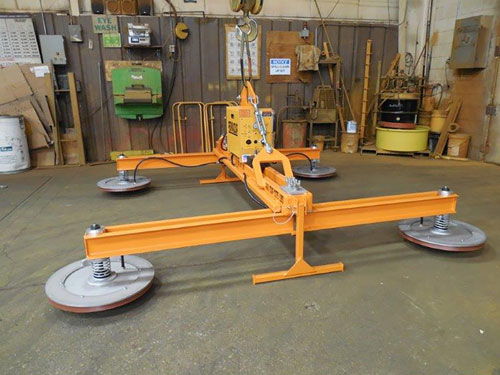Vacuum lifting systems are designed to improve workplace safety and reduce the risk of accidents and injuries. These systems have several safety features that prevent accidents and protect employees and equipment. In this response, I will provide details on the safety features of vacuum lifting systems and how they contribute to saving lives and gear.
- Vacuum pump monitoring: The vacuum pump is an essential component of a vacuum lifting system, and it is critical to monitor its performance regularly. Vacuum lifting systems have monitoring sensors that detect when the vacuum pump is malfunctioning or failing, and the system shuts down automatically to prevent accidents.
- Load sensors: Load sensors are used to measure the weight of the load being lifted, ensuring that the weight does not exceed the capacity of the vacuum lifting system. The system automatically shuts down if the weight exceeds the limit to prevent overloading and potential accidents.
- Vacuum leakage detection: Vacuum lifting systems have sensors that detect any vacuum leakage, and the system automatically shuts down to prevent accidents. Vacuum leakage can occur for several reasons, including wear and tear, damage to the vacuum cups, or incorrect installation.
- Emergency stop buttons: Vacuum lifting systems have emergency stop buttons located at strategic points that can be used to shut down the system immediately in case of an emergency. The buttons are easily accessible to the operator and can be used to prevent accidents or injuries.


